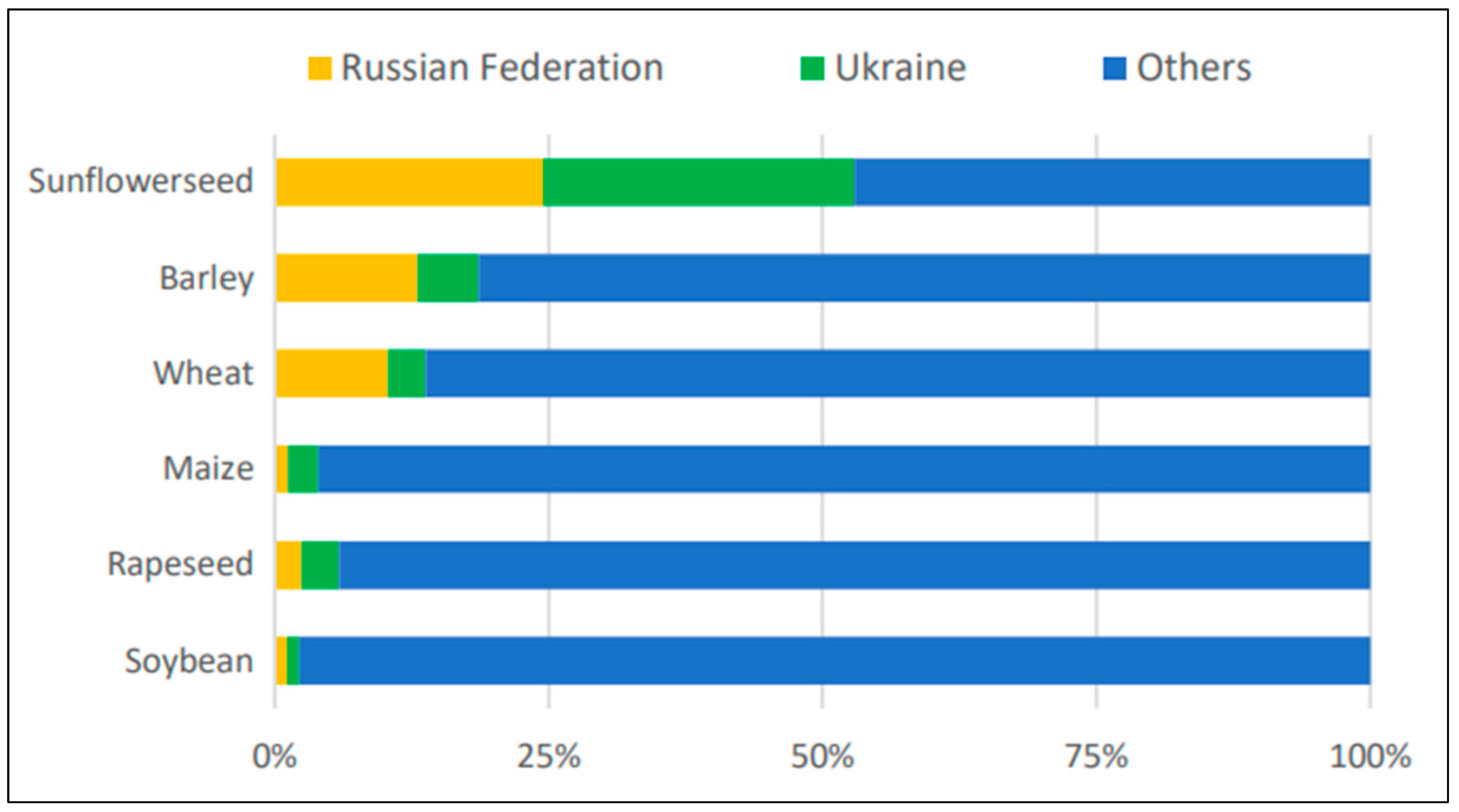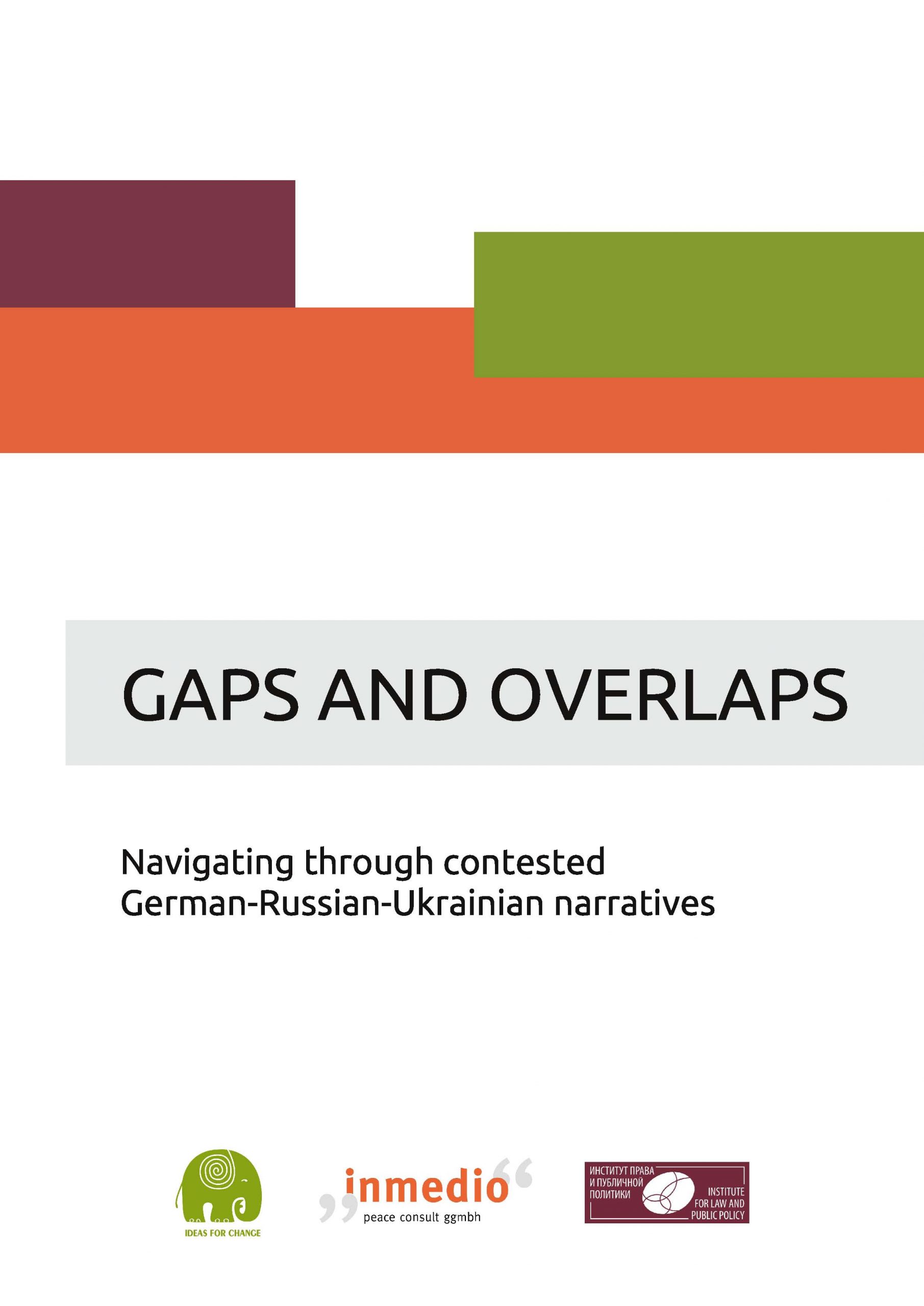Since its inception in 2014, the Russian-Ukrainian war has evolved into a complex and multifaceted crisis that has significant implications not only for Ukraine and Russia but also for international relations and global security. This article delves into the roots of the conflict, its progression, current developments, and potential future scenarios. It aims to provide a comprehensive analysis of the ongoing situation, supported by relevant examples and statistics.
Historical Context: The Roots of the Conflict

The conflict between Russia and Ukraine cannot be understood without considering the historical ties that bind the two nations. The roots of the crisis date back to several key events:
- Independence of Ukraine (1991): Following the dissolution of the Soviet Union, Ukraine gained independence. This marked a significant shift in the balance of power in Eastern Europe.
- Orange Revolution (2004): A series of protests in Ukraine against electoral fraud aimed at aligning the country closer to the West, showcasing Ukraine’s desire for democratic reforms.
- Euromaidan Protests (2013-2014): Triggered by President Yanukovych’s decision to suspend an association agreement with the EU, these protests led to his ousting and a pivot towards Europe.
- Annexation of Crimea (2014): In response to the political upheaval, Russia annexed Crimea, a move condemned by the international community and viewed as a violation of international law.
The Escalation of Conflict
The initial annexation of Crimea marked the beginning of open hostilities, leading to a protracted conflict in Eastern Ukraine, particularly in the Donetsk and Luhansk regions. The war has seen the involvement of various actors, including:
- Ukrainian Armed Forces: Engaged in defensive operations against separatist forces.
- Russian Military Support: Allegations of direct military involvement by Russia, including the use of regular troops and provision of arms to separatists.
- International Organizations: The OSCE and NATO have played various roles in monitoring the situation and providing support to Ukraine.
The conflict has resulted in significant casualties and displacement:
- Over 13,000 people have died since the conflict began.
- Approximately 1.5 million people have been displaced from their homes.
- Critical infrastructure in Eastern Ukraine has been destroyed, leading to humanitarian crises.
Current Developments: The War in 2023
As of 2023, the conflict has entered a new phase characterized by heightened military activities and geopolitical ramifications. Some key developments include:
- Increased Military Aid: Western nations, particularly the United States and EU member states, have ramped up military support for Ukraine, providing advanced weaponry and training.
- Counteroffensive Operations: Ukraine has launched several counteroffensives aimed at reclaiming territory lost to Russian-backed separatists.
- International Sanctions on Russia: Countries have imposed severe economic sanctions on Russia, targeting key sectors, including energy, finance, and military.
Humanitarian Impact: A Crisis of Displacement and Suffering
The humanitarian consequences of the conflict are dire. The ongoing war has not only led to loss of life but has also created a humanitarian crisis of significant proportions:
- Displacement: Millions of Ukrainians have been forced to flee their homes, with many seeking refuge in neighboring countries like Poland and Romania.
- Food Security: The war has disrupted agricultural production, leading to food shortages and increased prices both in Ukraine and globally.
- Health Services: Access to healthcare has diminished, with many hospitals damaged or destroyed, exacerbating health crises in the region.
Geopolitical Ramifications: A Global Perspective

The Russian-Ukrainian war has far-reaching implications for global politics and security:
- Shifting Alliances: The conflict has solidified alliances between Western countries and Ukraine, while pushing Russia closer to nations like China and Iran.
- NATO’s Role: The conflict has revived discussions about NATO’s purpose and expansion, with calls for increased defense spending among member states.
- Global Economic Impact: The war has affected global supply chains and energy markets, leading to increased prices and inflation in many countries.
Case Studies: Lessons Learned from Other Conflicts
To better understand the dynamics of the Russian-Ukrainian war, it is beneficial to draw parallels with other historical conflicts:
- The Balkan Wars (1990s): Similarities in ethnic tensions and the role of external powers in exacerbating conflicts highlight the need for diplomatic interventions.
- The Syrian Civil War: The prolonged nature of the conflict and the involvement of multiple actors serve as a cautionary tale about the complexities of modern warfare.
- East Timor (1999): The international community’s response to the crisis shows the potential for successful humanitarian intervention.
Prospects for Resolution: Challenges Ahead
Despite ongoing diplomatic efforts, the path to resolution remains fraught with challenges:
- Mutual Distrust: Both Russia and Ukraine harbor deep-seated mistrust, complicating negotiations.
- Territorial Integrity: Issues surrounding Crimea and the Donbas regions remain contentious, with both sides holding firm to their claims.
- International Dynamics: The interests of global powers can either facilitate or hinder the peace process, making it critical to foster a conducive environment for dialogue.
Conclusion: The Path Forward
The Russian-Ukrainian war represents one of the most pressing crises of our time, with profound implications for the future of Europe and global politics. As the conflict continues to unfold, it is essential for the international community to engage in constructive dialogue, support humanitarian efforts, and strive for a resolution that respects Ukraine’s sovereignty while addressing the security concerns of all parties involved.
In summary, the ongoing crisis demands a multifaceted approach that considers the historical context, humanitarian impact, and geopolitical ramifications. Only through collaboration, understanding, and a commitment to peace can the cycle of violence be broken, paving the way for a stable and secure future for Ukraine and the region.

